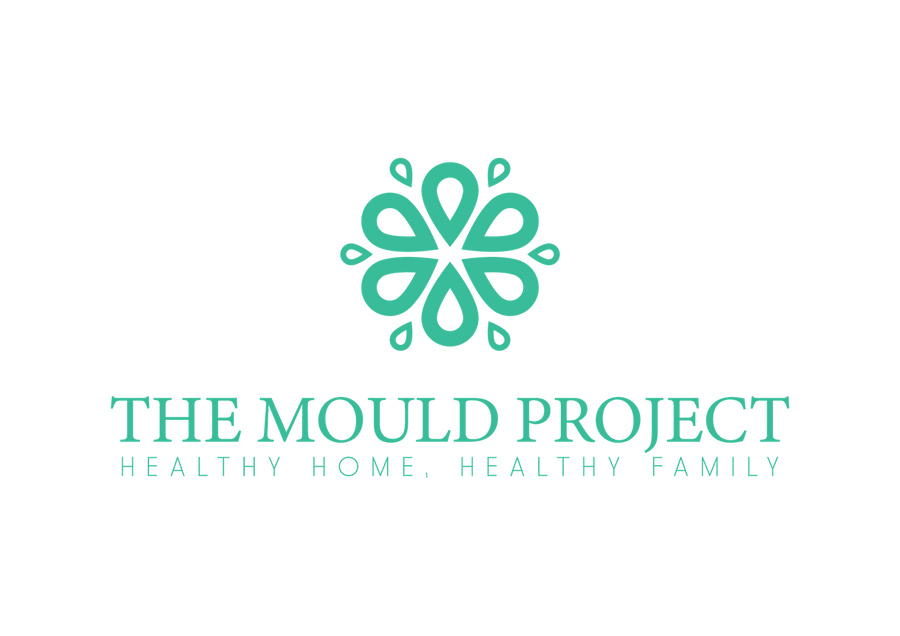SO HOW SHOULD I TEST MY HOUSE?
- Depending on availability, you can get an inspection done and results back fairly quickly (ie less than a week for results and report)

- Depending on availability, you can get an inspection done and results back fairly quickly (ie less than a week for results and report)
Getting out of a mouldy environment is the most important part of healing from mould illness. But for some this is just not possible right away. Maybe you are renting and can't find another house. Maybe you own the home but can't afford to fix the problem or sell right now. We still want to emphasize that you should still be aiming to get out of mould as soon possible, but there is still alot you can do to protect your health while you are still in mould.
Here are 12 things you can do if you are unable to move or remediate just now. You can also check out Dr Crista's online course which goes into alot of these points in more detail.
Note: If you are pregnant, or planning on getting pregnant then make an extra effort to get out of mould as the toxic impact of mould to baby in utero is so harmful. We found this out the hard way
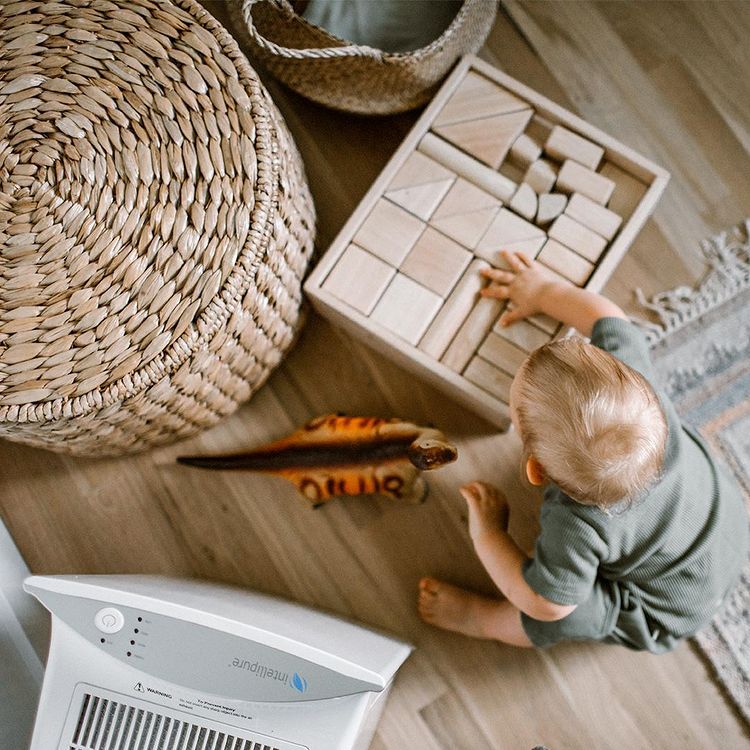
If you don't have a good air filter, then your body becomes the filter.
Air purifiers/filters aren't a replacement for remediation or moving, but they can massively reduce the burden on your body by removing mould spores, mould fragments AND mycotoxins from the air. A good filter will also be able to remove VOCs and the other nasties that a water damaged building can produce (as well as chemicals from your house materials)
Because mycotoxins are so small, you need a filter that can remove particles down to at least 0.1 micron in size (otherwise they will pass right through)
A normal HEPA filter is not able to filter down to this size. Unfortunately, this cuts out a whole heap of air filters on the market.
We have researched this extensively and found a few filters that are able to do the job. IQ AIr, Air Doctor, Austin Air and Oasis are are a few brands that can do this. Only IQ Air was available in NZ when we bought ours 4 years ago.
But the best air filter we have found through our research is Intellipure. These filters are able to filter down to 0.07 microns and "zap" the particles so that mould and bacteria won't start growing on the filter.
Because these were available in Australia but not in New Zealand, we have become the New Zealand supply point for these world class filters.

Nutrition not only gives you the nutrients needed to support your body, but can also be a tool for fighting mould. Reducing food that either has mould or mycotoxins in the food, or feeds mould/fungus can help decrease the load on your body.
Certain foods high in insoluble fibre also function as binders as which help to get the toxins out of your body
There are also mould fighting foods such as garlic, certain herbs and spices and green tea. These will help to balance the fungal load inside of your body.
If you have mould illness and are still living in mould, try and get your diet as good as possible. In addition to diet, you can work on the other D.R.E.A.M foundational principles.
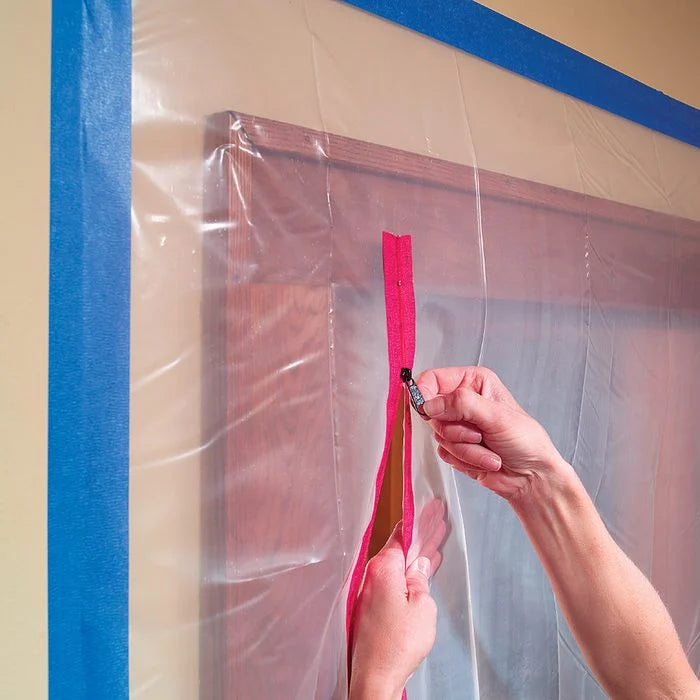
If you have one area in the house that is really bad for mould (ie a cupboard, under sink, or entire bedroom/bathroom), you can seal off that area with thick plastic sheets (ideally 6mm) which are taped together with a thick tape. This will stop mould spores and myctoxins from moving around the rest of the house. If possible dont go into that area at all, or if you do make it quick and protect yourself.
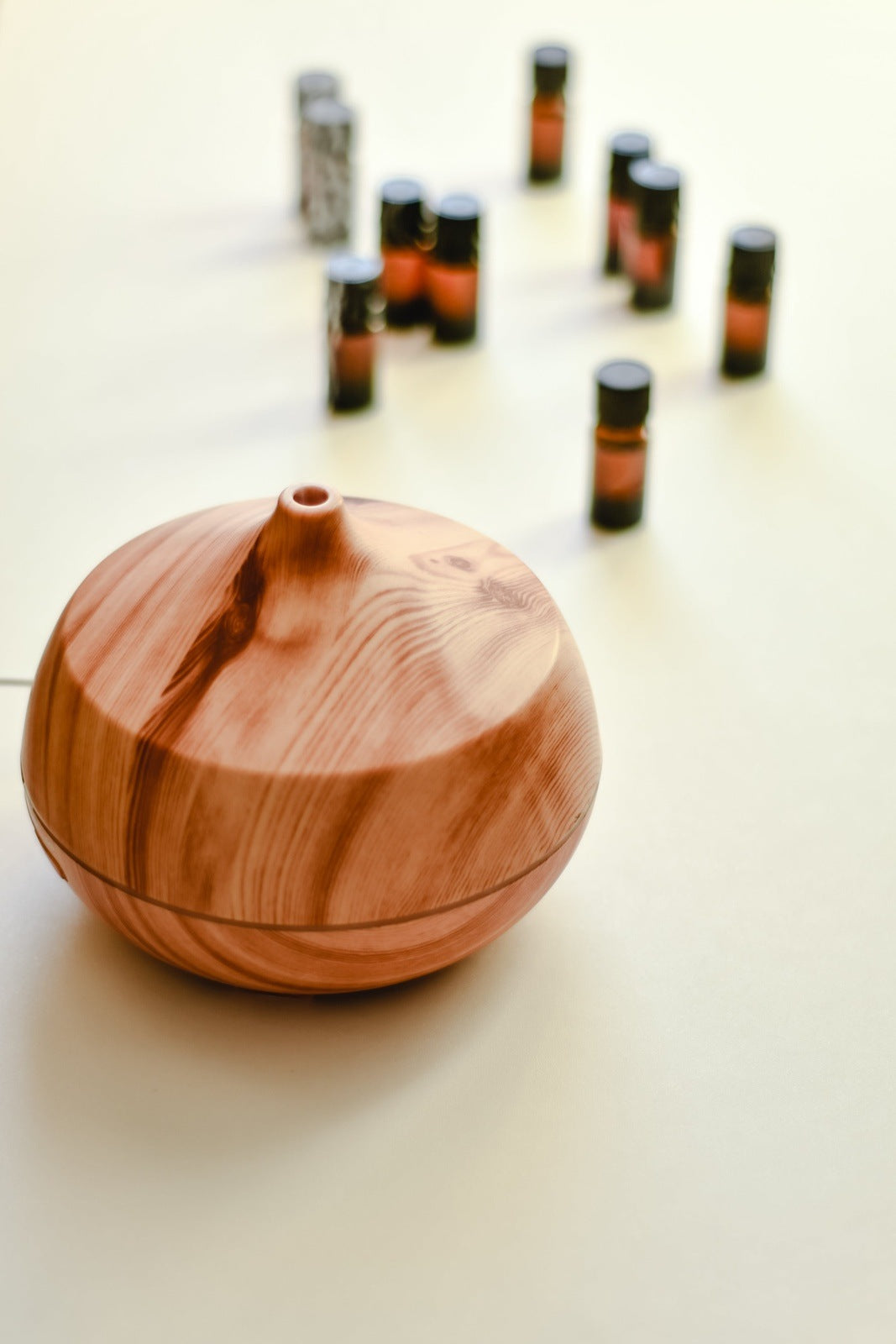
Essential oils are a great mould fighting tool. They have the ability to kill spores, and also neutralise mycotoxins. They can be used in diffusers or soaked in cotton balls and placed in problematic areas, or within the sealed areas.
Oils that have been shown to be effective against mould are cedar, rosemary,cumin, tea tree, thyme, pine,citrus, eucalyptus and cloves
You can use these in your car as well
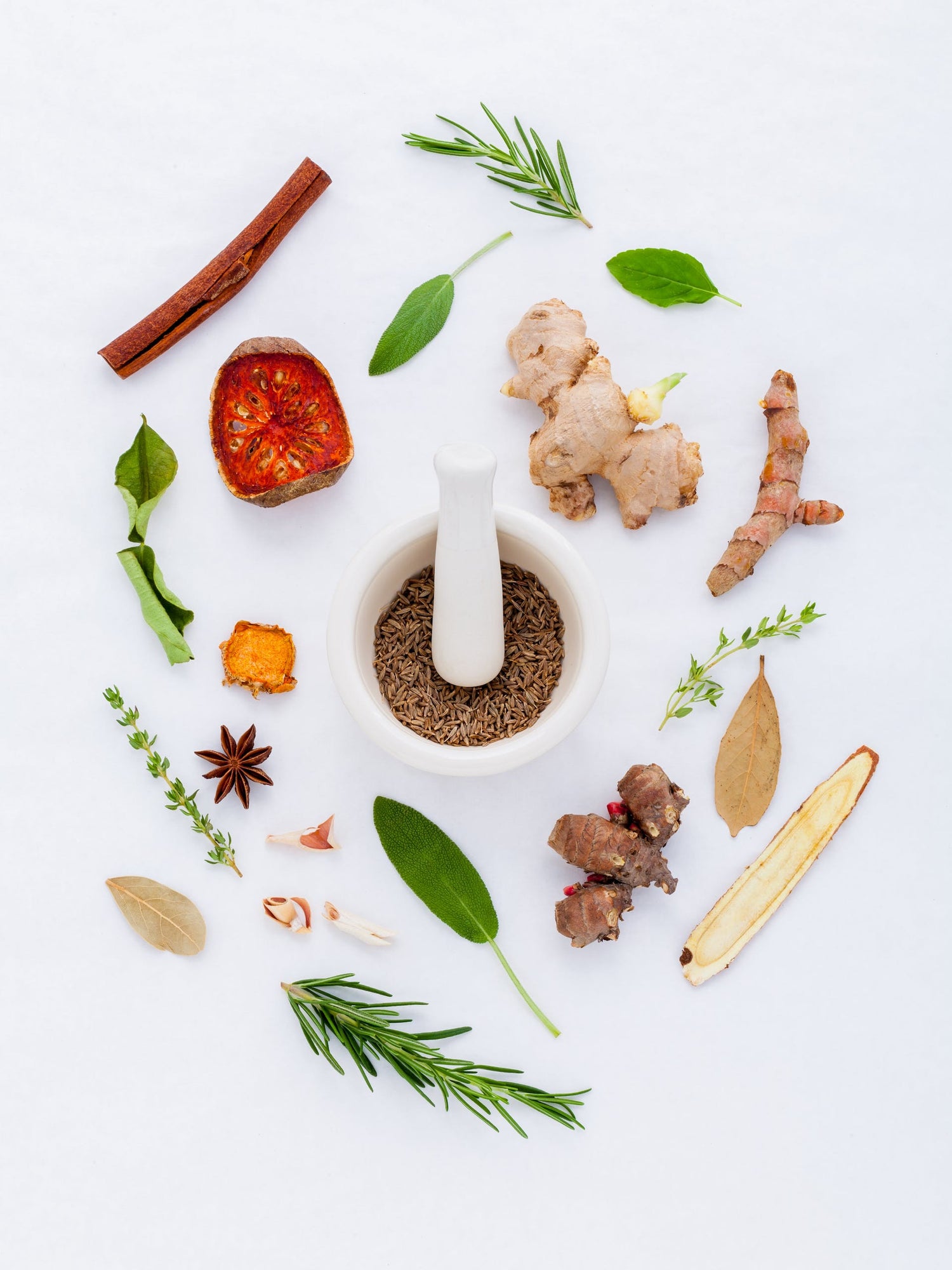
Mould is great at moving in uninvited. It will move into your house and cause trouble, but it will also move into your body and colonize your sinuses and gut.
You can work on reducing the mould/fungus inside of you but you want to do it gently. If you go too hard with strong antifungals, mould will fight back (ie. poking the bear)
Using nutrition strategies to starve mould as well as adding mould fighting foods as above is the first step. This includes foods such as garlic, onion and leeks and spices like cinnamon, cumin, cloves, oregano, thyme, sage, rosemargy and basil.
Then you can add gentle whole body antifungals. Mycodefense is a formulation made just for this situation. It packs enough punch to work on the mould, but is not so strong that it wakes up the bear.
Spore-based probiotics such as Megaspore can also help with fighting mould in your gut. Starting really small by opening a capsule and using a sprinkle is recommended
For your sinuses, you also want to go fairly gently. Using a nasal probiotic can work well, or a gentle natural antifungal.
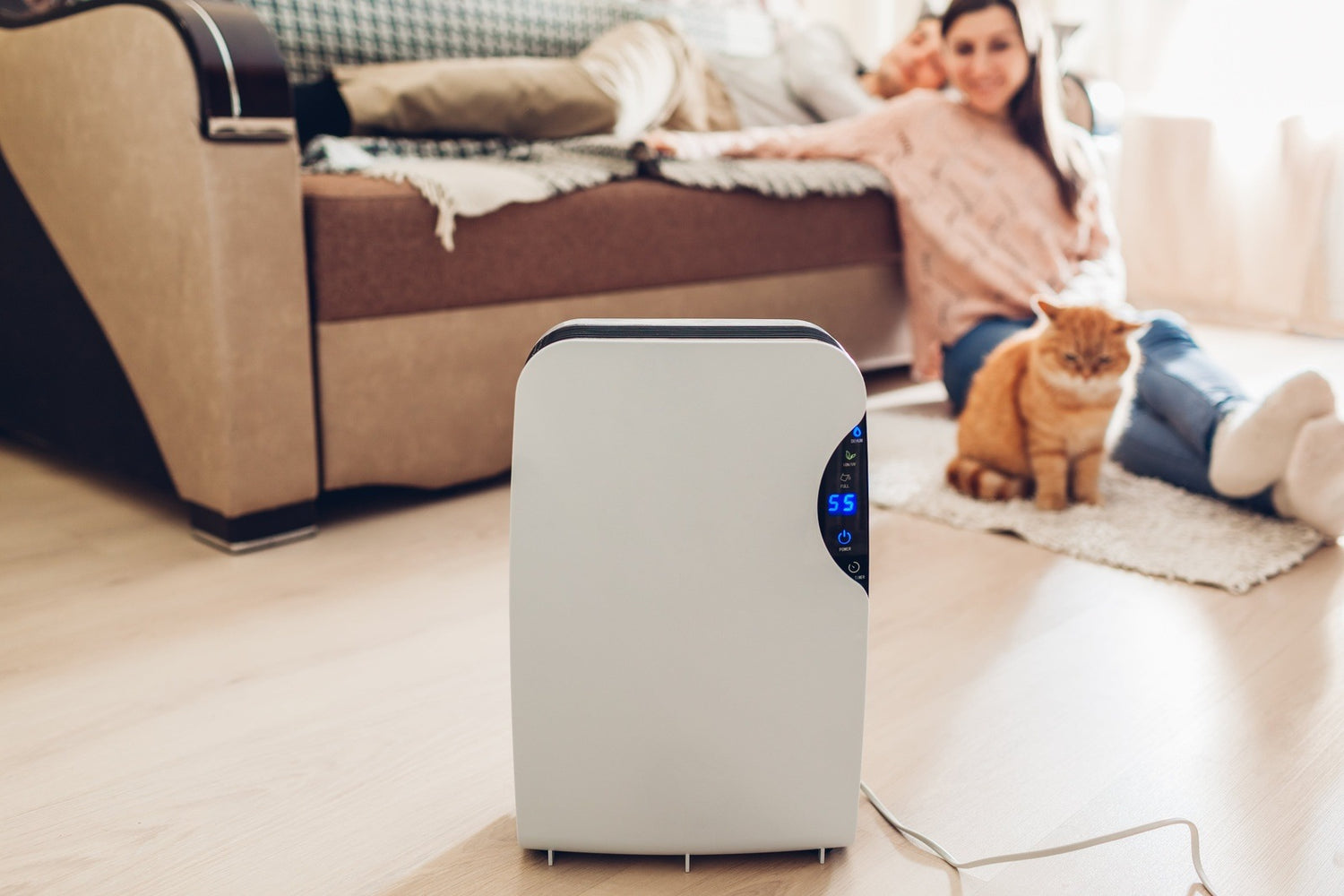
Mould can grow in high indoor humidity. Cooking, showering and just breathing can all add to indoor humidity.
You can manage indoor humidity by using dehumidifers, bathroom and kitchen fans and avoid drying washing inside your house.
If you are having mould growing in small spaces like a cupboard you can use a moisture absorber like Damprid in this area.
If you have an roof space, you wil need to consider the humidity up there as well as it can be a hotspot for mould growth. Having good ventilation in the roof space can help with this.

Mould and myctoxins travel around on dust and ultrafine particles. Aside from filtering your air, you can clean the dust around your house regulary to reduce the load on your body.
Using a natural cleaning solution that has both anti-mould properties (ie essential oils) and surfacant will help to remove the mold spores. It is possible just to use detergent and water as well such as in John Bantas cleaning method
You can also check out We Inspects general house cleaning protocol in their free online course
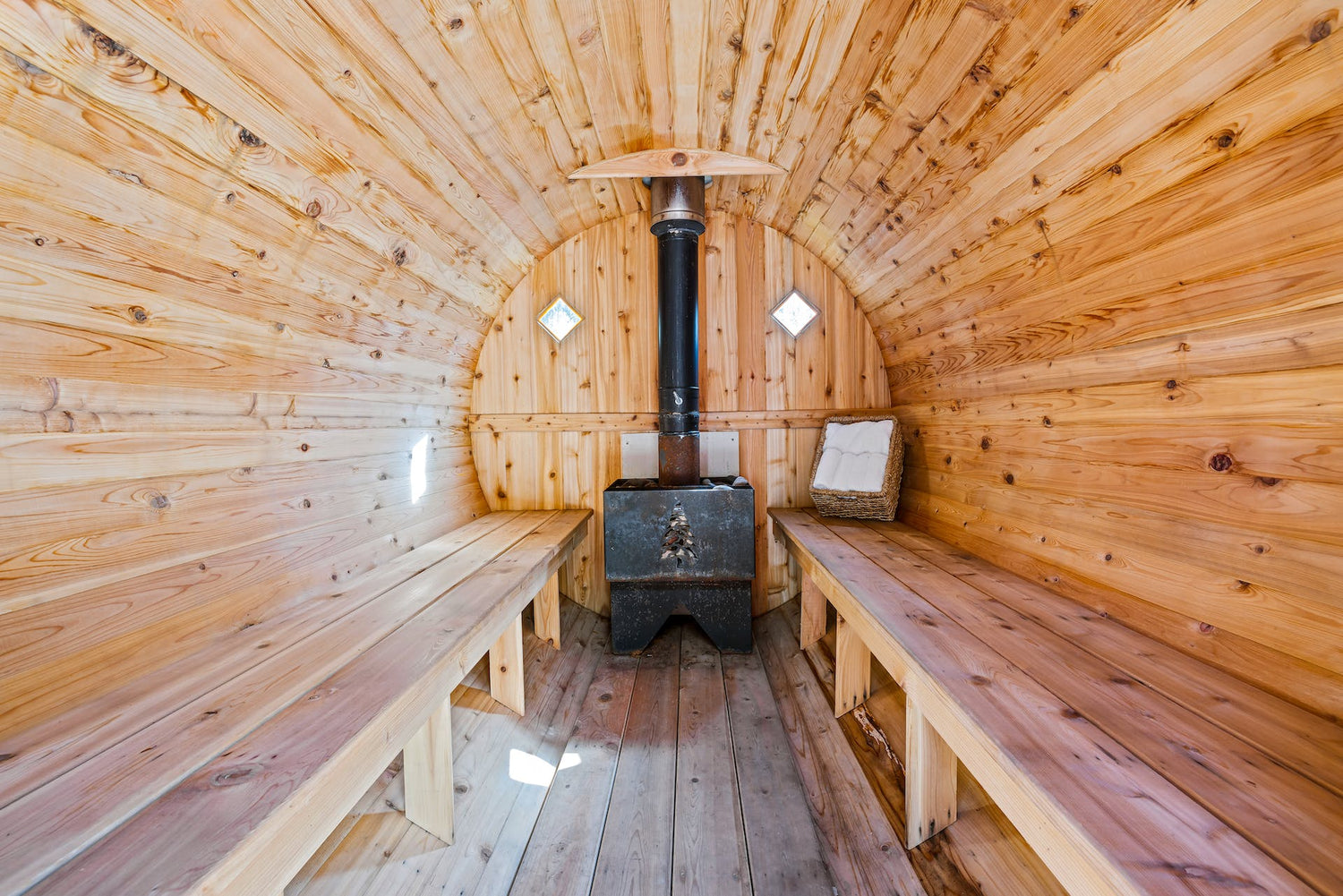
This is a bit of a balancing act between detoxing enough to help your health, and not pushing too hard that is stresses your body and uses too much resources.
Tools such as saunas and lymphatic can be used cautiously and dosed according to how well you tolerate them (for example, a lower heat infrared sauna 1x week might be ok for someone, but a normal sauna is too much)
Take care with stronger detoxification supplements such as glutatione and stronger binders such as charcoal. Gentler products include aloe vera, chlorella, milk thistle, selenium and bioflavanoids.
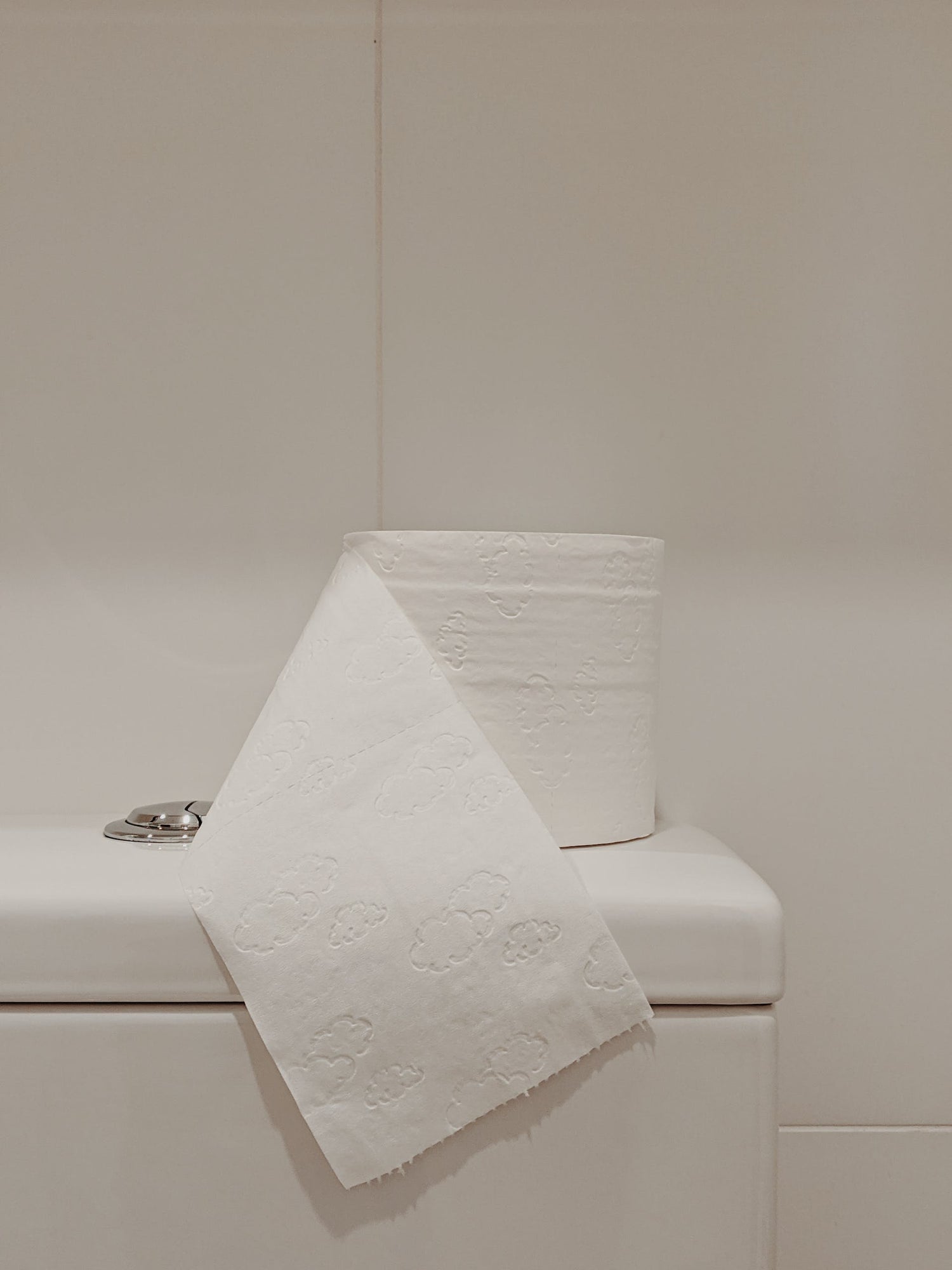
If you are in mold, making sure you are having regular bowel movements wil help to move the mould and myctoxins back out you. Going at least once a day is key, but twice is ideal. You can also go too much, and there are interventions and foods that can help balance both ways.
If you are going too little alot of the tools that help in the Prepare level can help here such as bitters, bile movers and leafy greens

Getting outside as much as possible will not only reduce the amount of mould and mycotoxins you are breathing in, but also has lots of other health benefits including getting sunshine, getting grounded (walk in bare feet), and exercising.
If you are inside, you can bring more of the outside in by opening windows and doors if possible. You just need to be aware of humidity and outdoor pollution (ie if you live near a highway)
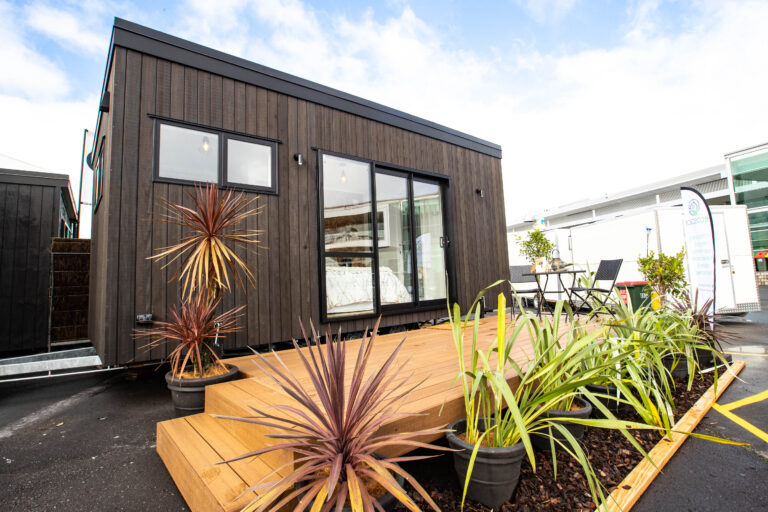
If you have space on your property, you could get a portable cabin (ie 10m2) to use as a safe space. This could be for a bedroom, office or hangout area. The less time you spend in the mouldy environment, the better, so this is a good way to reduce the load.
Getting a newly built cabin is ideal, using materials that are low toxic. But if this isnt an option, you could look at the cabin rentals that are available. Just make sure you inspect the cabin before you get it to make sure it doesnt have water damage or mould.
We lived in an Ecospace tiny house for 18month while we recovered from mould. The SIPS building method combined with the Lunos ventilation meant created a beautiful warm house that had great ventilation. We noticed a huge improvement in our health just by moving into this space from our old house.
Dealing with mould illness can be very overwhelming- we have been there ourselves. This is especially the case when you feel that you are unable to move out of or fix the place that is making you unwell.
If you need some help and support working out what steps to do while you are still living in mould, you can book a support call here
